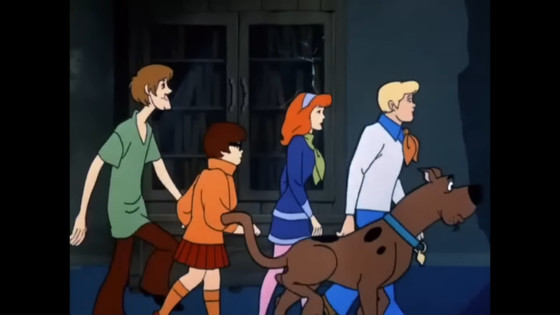What is the best way to make good use of ``dondengaeshi'' that betrays and surprises the viewer's expectations?

The 'turnaround' in the story can surprise and impress the viewer by revealing a shocking secret or ending that changes greatly from the previous development. However, on the other hand, the development that only invites shock may make you feel cheap.
How To Do A Plot Twist-YouTube
Now You See It feels that there is a demand for commentary on 'plot twists,' but is concerned that exemplifying works that actually do plot twists may detract from their appeal. That's right. However, a study from the University of California, San Diego showed that after reading a famous book after spoiling the ending, more participants said they liked the book more than they would if they had just read it. Now You says that this study not only guarantees that the use of specific examples in the commentary of the story structure does not detract from the charm of the works mentioned in the examples, but also explains why plot twists are wonderful. See It says.

In the movie, '

Now You See It defines a twist as ``to produce a completely unexpected result for the story so far''. For example, 'Grand Illusion' follows Dylan Rose, an FBI special agent played by

Now You See It points out the shocking development in 'Grand Illusion', saying, 'The rest of the movie is pretty funny, but this twist doesn't work very well.' Now You See It cites the cartoon '

On the other hand, according to Now You See It, ``Grand Illusion'' has almost no established logic, and the truth that ``the clumsy FBI agent was a sly genius'' is too unimaginable. matter. This is not a satisfying story that the expectations were betrayed, but because it focused on just shocking the viewer, it seems that it is not a work of good evaluation as a twist story as a result.

Now You See It, on the other hand, finds 'The Prestige' to be the perfect balance between the impact of 'Grand Illusion' and the predictable but logical progression of 'Scooby-Doo'. I'm here. 'Prestige' is a suspense movie depicting two magicians who hate each other and compete due to past relationships, and if you have a good intuition, you can predict the plot development in 20 minutes from the start of the movie. Now You See It says, ``The best plot twists are those that can create the biggest surprises without undermining established logic,'' and ``Prestige'' does just that. points out.

So how do you create a great plot twist that will surprise you and do it in an interesting way? Therefore, Now You See It cites ``Whereabouts of Truth'' as an example, saying that it is similar to ``Prestige'' but differs in important respects. In 'Where the Truth Goes,' a boy accused of murdering the archbishop is found

The ending of 'The Way of the Truth' is also carefully woven into the logic of the story, while creating a strong impact. The logic in 'The Whereabouts of Truth' is characterized by unclear evidence of a split mind and the fact that 'what personality he is now' is always ambiguous, but the viewer still finds the logic It is a result of being caught up with most of the characters in the work and being greatly fooled.


Related Posts:







